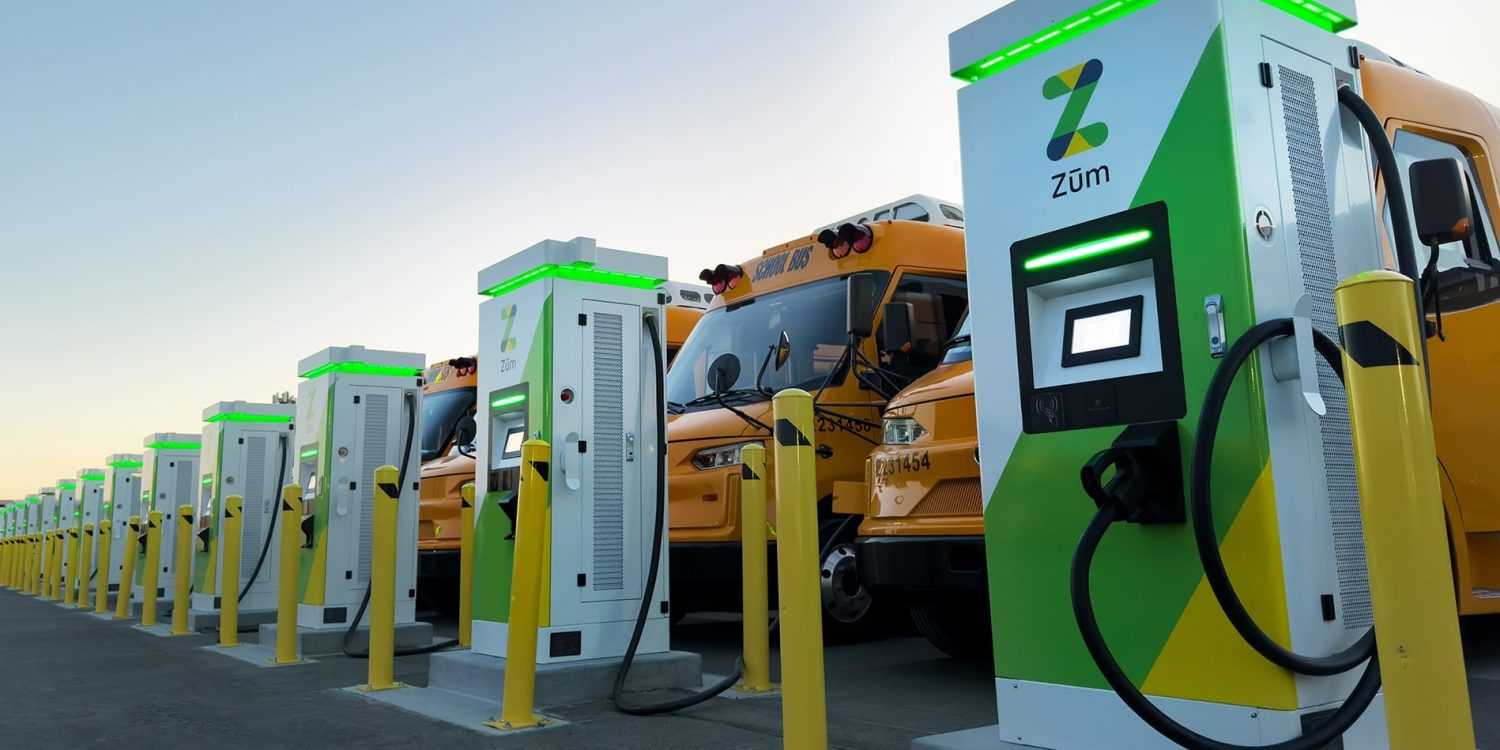
School buses as backup batteries
As cities confront the dual goals of reducing carbon emissions and improving grid reliability, the electrification of school bus fleets is proving to be a strategy for achieving both. The Oakland Unified School District in California is the first in the U.S. to switch to a fully electric school bus system with vehicle-to-grid (V2G) technology. Partnering with startup Zum, the district now has a fleet of 74 electric buses and bidirectional chargers. Managed through Zum's AI platform, which monitors bus routes, traffic, and estimated arrival in real-time, the fleet can function as a virtual power plant (VPP). This allows it to feed stored energy back to the grid when renewable sources like solar and wind are not available, or during other events when additional grid storage is required.
As school and transit bus fleets convert to electric power with bidirectional charging, they will become a crucial tool for helping cities and the utilities that serve them maintain a reliable, resilient, and renewable electric power grid. These VPPs represent a new model of distributed energy storage that could help utilities manage peak demand, reduce infrastructure costs, and accelerate the transition to renewable energy while providing a potential new revenue stream for school districts.


